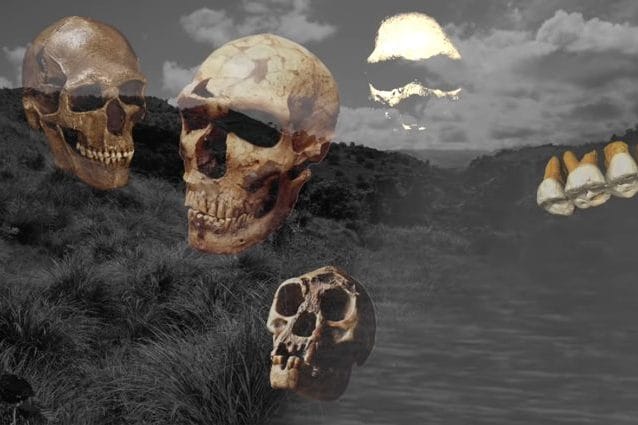New Species of Ancient Humans Unearthed From a Cave in the Philippines

An international team of researchers unearthed the remains of a new species of ancient human in a cave in the Philippines, which apparently is an Australopithecine-like species. The Australopithecines were last known to live in Africa, about 2 million years ago and are most likely to be the ancestors of the Homo group, from which modern humans are part of, Philip Piper, the co-author and a lead member of the research team said with The Australian National University (ANU).
The remains of the new species demonstrates that the territory had a crucial part in hominin evolutionary history. Homo luzonensis, the new species is named after Luzon Island because of the fact that the more than 50,000-year-old remains were discovered in its Callao Cave.
The researchers unearthed the fossils of two adults (fingers, toe bones and teeth) and a child’s femur from the same archaeological deposits, and say that the discoveries serve as a major development in our knowledge and understanding of human evolution crosswise Southeast Asia.
New species of ancient humans found in the Philippines
Professor Piper reported that the teeth of the fossils were interestingly small, and explained that the size of the teeth usually shows the overall body-size of a mammal. This fact led to conclusions that the Homo luzonensis were small, but the exact size is unknown unless more skeletal elements will be found, which will help in determining the fossils precise proportions. The question, said Phillip Piper, is whether their features evolved as they adapted to the island life or whether they were anatomical traits inherited over the past 2 million years from their ancestors.
The origins and longevity of Homo luzonensis on the Luzon Island are still unknown but recent diggings near Callao Cave presented evidence of a slaughtered rhinoceros and 700,000 years old stone tools.
Homo luzonensis share some rare skeletal lineaments with Home floresiensis (the hobbit), discovered on Flores Island, Philippine’s south-east archipelago. The research team includes Dr. Florent Détroit of the National Museum of Natural History in Paris, researchers from the University of Bordeaux, Paul Sabatier University, the University of Poitiers in France, as well as Griffith University in Australia, and was led by DR Armand Mijares of the University of Philippines.
0 comments